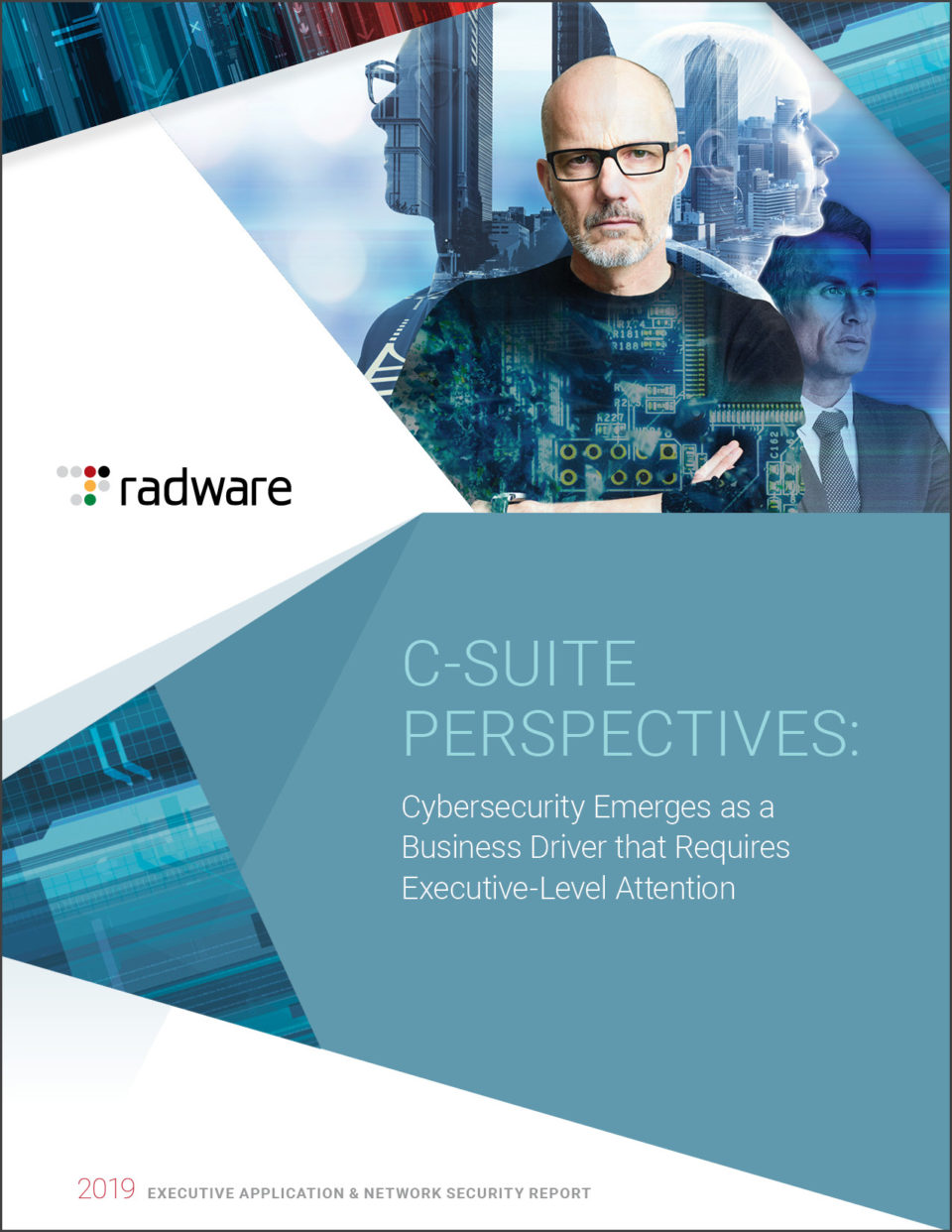While C-suite executives are taking on larger roles in proactively discussing cybersecurity issues, they are also evaluating how to leverage advances in technology to improve business agility. But as network architectures get more complex, there is added pressure to secure new points of attack vulnerability.

Organizations continue to host applications and data in the public cloud, typically spread across multiple cloud providers. This multicloud approach enables enterprises to be nimbler with network operations, improve the customer experience and reduce costs.
[You may also like: Executives Are Turning Infosec into a Competitive Advantage]
Public Cloud Challenges
Every public cloud provider utilizes different hardware and software security policies, methods and mechanisms. This creates a challenge for enterprises to maintain standard policies and configurations across all infrastructures.
Furthermore, public cloud providers generally only meet basic security standards for their platform. And application security of workloads on public clouds is not included in the public cloud offering.
Even with concerns about the security of public clouds-almost three in five respondents expressed concern about vulnerabilities within their companies’ public cloud networks-organizations are moving applications and data to cloud service providers.
The Human Side of the Cloud
Sometimes the biggest threat to an organization’s digital assets are the people who are hired to protect them. Whether on purpose or through carelessness, people can compromise the permissions designed to create a security barrier.
[You may also like: Eliminating Excessive Permissions]
Of the almost three-fourths who indicated that they have experienced unauthorized access to their public cloud assets, the most common reasons were:
- An employee neglected credentials in a development forum (41%);
- A hacker made it through the provider’s security (37%) or the company’s security (31%); or
- An insider left a way in (21%).
An insider?! Yes, indeed. Organizations may run into malicious insiders (legitimate users who exploit their privileges to cause harm) and/or negligent insiders (also legitimate users, such as Dev/DevOps engineers who make configuration mistakes, or other employees with access who practice low security hygiene and leave ways for hackers to get in).
[You may also like: Are Your DevOps Your Biggest Security Risks?]
To limit the human factor, senior-level executives should make sure that continuous hardening checks are applied to configurations in order to validate permissions and limit the possibility of attacks as much as possible.
The goals? To avoid public exposure of data from the cloud and reduce overly permissive access to resources by making sure that communication between entities within a cloud, as well as access to assets and APIs, are only allowed for valid reasons.

Read “2019 C-Suite Perspectives: From Defense to Offense, Executives Turn Information Security into a Competitive Advantage” to learn more.
Download Now